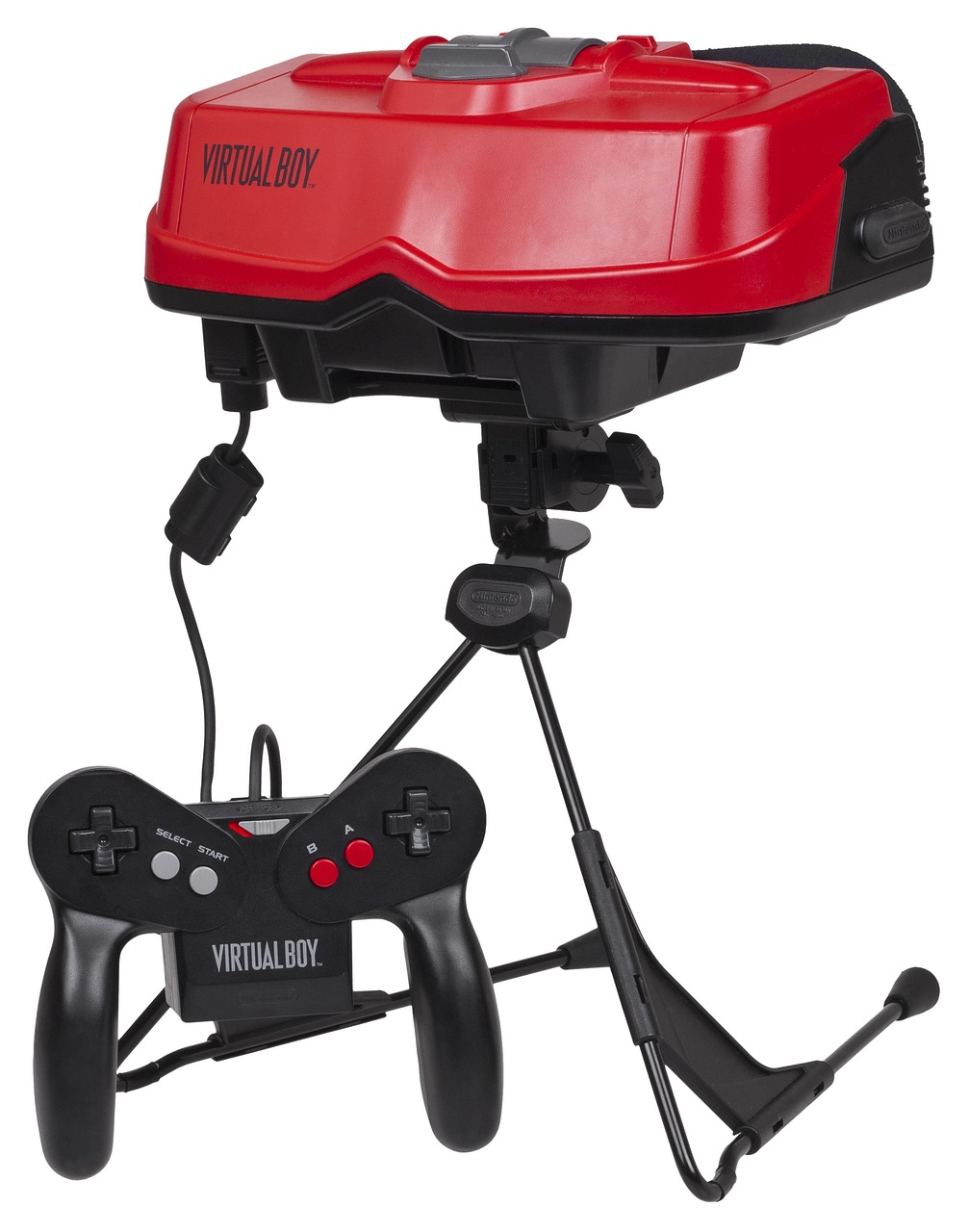In the mid-1990s, Nintendo stood atop the gaming world. The Super Nintendo Entertainment System was thriving, and the company’s next big console was already in development. Yet between the 16-bit and 64-bit eras, Nintendo took a strange detour, one that remains one of the most infamous experiments in gaming history. That detour was the Virtual Boy.
The Promise of Virtual Reality
By 1994, “virtual reality” was the buzzword of the tech world. Everyone wanted a glimpse into the future, fully immersive, 3D gaming experiences that could transport players into digital worlds. Nintendo, never one to shy away from innovation, wanted to be first.
Engineer Gunpei Yokoi, the legendary creator of the Game Boy, envisioned a portable 3D gaming device that used a special display to simulate depth. The result was the Virtual Boy, a tabletop console that used stereoscopic LED graphics to create a sense of 3D space, long before VR headsets became mainstream.
The Hardware Reality
The Virtual Boy launched in Japan on July 21, 1995, and in North America a month later. Instead of full color, its display used red LEDs on a black background to render wireframe-style graphics. Players had to place their faces into a binocular visor mounted on a stand, peering into a tiny, self-contained world.
While innovative, the system had major drawbacks:
- The monochromatic red display caused eye strain and headaches.
- The headset was not truly portable, requiring a stable surface.
- Its graphics, though technically 3D, lacked the visual clarity and excitement of 16-bit titles on the SNES.
The controller, however, was surprisingly forward-thinking, featuring twin directional pads that would later inspire future Nintendo designs, including the modern dual-stick layout.
Critical Reception and Commercial Failure
From the moment it launched, the Virtual Boy struggled to find an audience. Critics described the visuals as uncomfortable and the gameplay library as underwhelming. With only a handful of titles, Mario’s Tennis, Red Alarm, and Wario Land being the most notable, the system failed to justify its $179 price tag.
By early 1996, Nintendo pulled the plug after selling fewer than 800,000 units worldwide. It became Nintendo’s first true commercial failure. Gunpei Yokoi, who had previously been one of the company’s most respected engineers, left Nintendo soon after, though he continued to innovate until his untimely death in 1997.
A Cult Classic in Hindsight
Today, the Virtual Boy is remembered as both a cautionary tale and a fascinating piece of gaming history. Collectors prize it for its rarity, and some retro fans even praise its few standout titles for their creativity within extreme limitations.
While it failed to deliver the immersive VR experience it promised, the Virtual Boy was undeniably ahead of its time. It hinted at a future where players could experience true depth and immersion, ideas that would eventually come to life decades later with the Oculus Rift, PlayStation VR, and even Nintendo’s own Labo VR Kit.
The Legacy of a Lesson Learned
The Virtual Boy taught Nintendo an important lesson about balancing innovation with practicality. It reminded the company that great ideas need the right technology and timing. That philosophy guided their later successes with the Nintendo DS, Wii, and Switch, all systems that redefined how we play without losing sight of accessibility and fun.
Though it stumbled out of the gate, the Virtual Boy remains an iconic chapter in gaming’s evolution, a bold reminder that even the most successful companies sometimes need to fail spectacularly to keep moving forward.
Image by WikimediaImages from Pixabay

